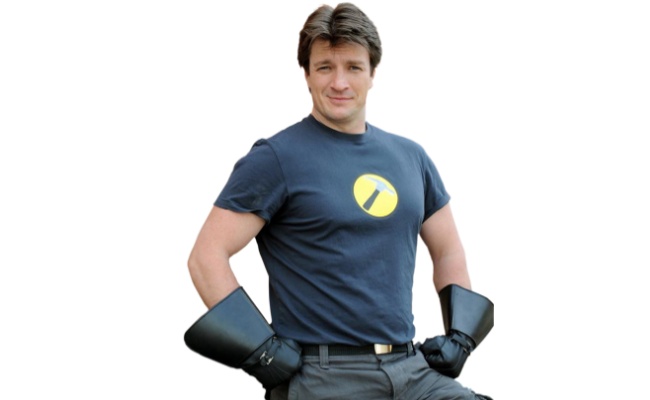Not counting the various manuscripts that have rolled across my desk in recent weeks, I read as much as I can in the YA category. My favorite genre is fantasy, but I have been known to read contemporary novels as well. I find reading what’s somewhat current in the category of YA important to keeping my developmental editing skills sharp.
I recently had to list the last 10 YA novels I read along with a couple of sentences about what I liked or didn’t like about those books… and I thought I’d share them with you! Have you read any of these books? Tell me what you thought of them!
The Bitter Kingdom, Rae Carson (third book in the Girl of Fire and Thorns Trilogy) – This last book of the trilogy was a bit of a letdown for me. Overall I enjoyed the story, but I felt like Elisa’s character development took a back seat to the plot and, when THE THING that she thought made her special was taken away from her, instead of breaking down and being reborn, she had a couple of sullen days and then never really considered it again. I had hoped that Elisa would have a more explicit struggle with finding her self-worth separate from her godstone and so, while the plot resolved well, I still felt myself wanting something from the character arc.
The Tropic of Serpents, Marie Brennan (second in the Lady Trent Series)– Marie Brennan’s, or more specifically Lady Trent’s, narrative voice is what draws me to these books… I mean, aside from the dragons! The world building in this story is fascinating and learning through the eyes of a witty, strong female protagonist makes these books a pleasure.
The Absolutely True Diary of a Part-Time Indian, Sherman Alexie – I asked my friends to recommend books that dealt with the current racial climate in the US and someone recommended TATDoaPTI to me. This book was not at all what I expected. The protagonist was painful and broken and motivated and unique and fascinating. I genuinely cared about what would happen to him and enjoyed being able to see through eyes so completely different from my own.
The Iron Knight, Julie Kagawa (fourth book in the Iron Fey Series) – This fourth book in Kagawa’s series seemed inevitable. Ash’s story needed resolving and had to be resolved without Meghan. And yet… I wanted Meghan… I wanted more romantic tension (similar to the other three books). Ash’s voice just didn’t do it for me, although the interplay between him and Puck was entertaining.
The Iron Queen, Julie Kagawa (third book in the Iron Fey Series) – I loved watching Meghan grow into her own in this novel. Others complain about her whiny nature throughout the series, but I felt she was extremely relate-able. And I loved the romance! Also, Kagawa’s take on the land of Faery and the summer and winter courts was rich and vivid.
Battle Magic, Tamora Pierce (Circle Reforged #3) – I read Will of the Empress by Pierce and was eager to re-enter the world she had created, so I grabbed this book from the library and devoured it. I love her characters, so full of nuance, and I love the magic systems in this series.
Me and Earl and the Dying Girl, Jesse Andrews – This was another recommendation from a friend that I enjoyed, if cringingly… most high school boys are… painfully awkward… and were definitely written that way in this book. After having read TFiOS, the “dying girl” in this story didn’t carry the same weight, but I thought that the character development of the protagonist was worth the time I put in to read it.
Crown of Embers, Rae Carson (second book in the Girl of Fire and Thorns Trilogy) – Carson did a great job of raising the stakes and pushing the romance in this book. I ate it up and was so excited to read the third book and find out how Elisa was going to save her kingdom and her lover.
Ruin and Rising, Leigh Bardugo (third book in the Girsha trilogy) – These books fascinated me from start to finish. The Darkling was the yummiest, most horrifying villain I’ve read in a while, equal parts seduction and terror… Alina was an interesting and flawed heroine… and the pseudo-Russian landscape was so enthralling and different! I loved it. Great series.
The Fault in Our Stars, John Green – I read this because it was such a big deal in the YA scene, not because it’s my normal fare. That said, I found Hazel very sympathetic and yes, I cried… more than once… while reading the story. Green wrote a compelling story about sick teenagers who were just trying to live normal lives, without holding back or being afraid to take risks. I can see why it was a hit with the target audience.











